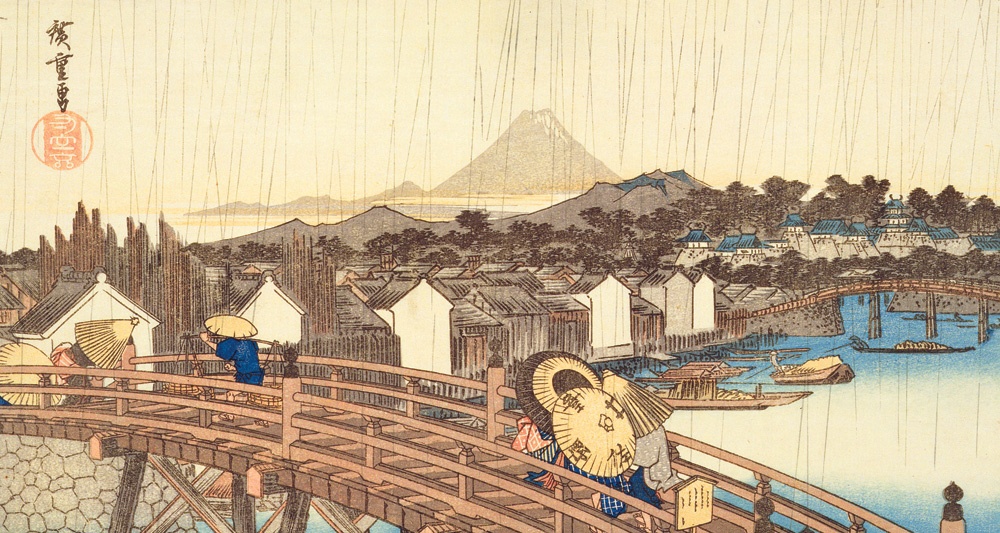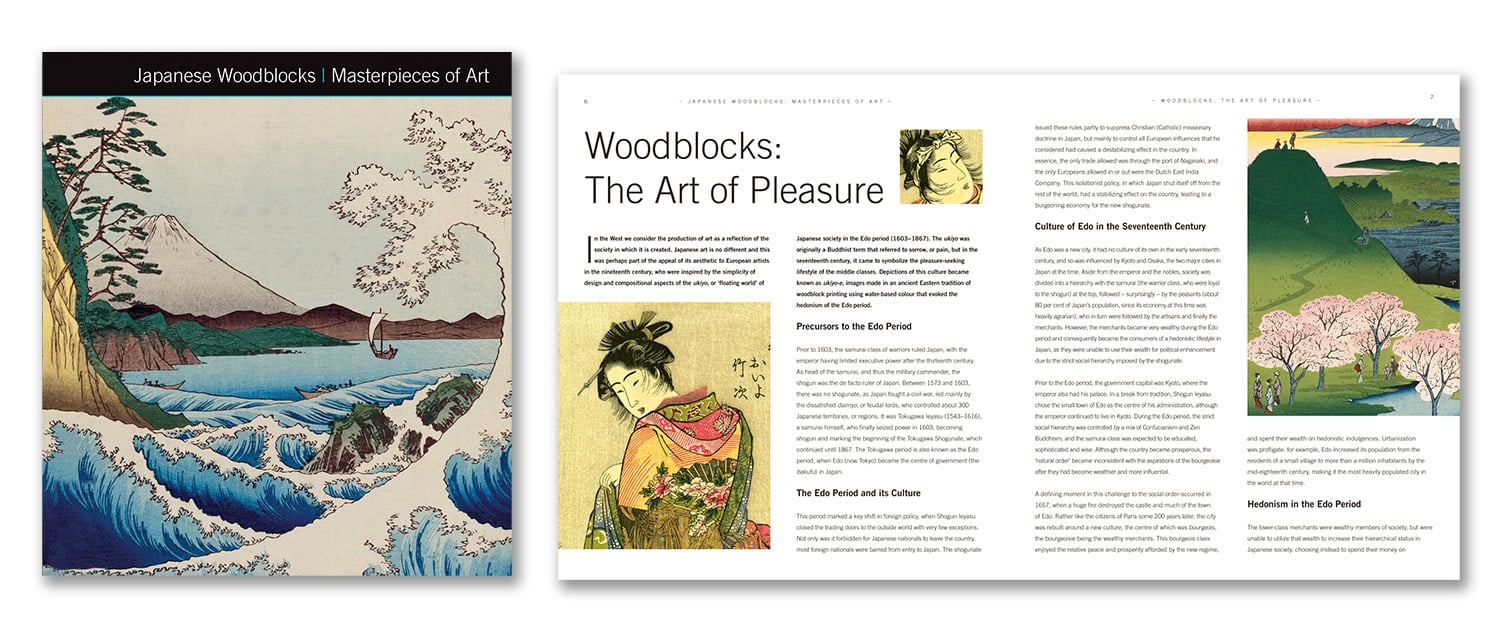The history of graphic art is criminally under written and often not given the respect it deserves. Taken less seriously by the western artistic canon, graphic art is often relegated to commercial or juvenile art and rarely properly addressed for the powerful storytelling and cultural history it contains. In this new series of blogs we will be looking at the history and development of graphic arts and their influence on wider culture.

In this first blog we are discussing the fantastical world of Japanese Woodcut prints. Emotive and powerful, woodcuts show how the skill of a craftsman can generate images that stand the test of time and how this particularly important graphic art would come to shape some of the art world’s biggest names.
Humble beginnings
Woodblock printing had a long history before ever reaching Japan and a long history in the country before becoming particularly popular. Early examples of Woodblock printing were almost exclusively as a medium for mass producing text in book or scroll forms. Pictures were initially used just to embellish text and usually in a monochrome colour scheme. It wasn’t until the Edo period (1603-1868) that Woodblock printing of images really took off! As more efficient moveable type printing presses reached Japan, the use of the medium for text diminished but this lead to a rise in its usage for images.
Often time consuming to create, the actual woodblocks are one half of an incredibly intricate craft. Carving each layer individually, the artist would have to take great care to make sure the layers were aligned and fit together well in the final print. Each section is a work of art all of its own and the wood that they are carved into often takes on an interesting quality in the final piece as the grain can sometimes show through.
The second part of the craft is in the colouring of the images section. Famed for their use of colour, Japanese Woodblock prints used bright water based pigments that difference immensely for the more commonly oil based engravings of Europe. This not only gives these works a different tone but allows them to use the transparency that these pigments can provide as a creative tool to bring more out in the depth of the scenes.
Big stories told with bold lines
It takes little more than a glance at a Japanese Woodblock prints to notice how striking they are. Even in the tradition of European engraving, the Japanese prints stand out due to their bold use of colour and harsh lines. They did not seek to emulate the physical world in the same way as the European tradition but instead their emotive form captured a feeling or a scene.
While there are a variety of genres of Woodblock print, some are far more popular than others. Portraits were very popular at the time of creation but their longevity has been dwarfed by scenes depicting everyday life in communities across the country and prints connoting morals or fables. These scenes don’t just depict life they tell stories with cartoon-like expressive lines and delicate yet purposeful colour.
The contrast of epic scenes, like that of The Great Wave by Hokusai (1829), and scenes of everyday life, like Kisaragi by Koryūsai (1772), give an image of what people felt was important in art. It was historical and representative of what life was like and simultaneously aspirational or educational.
Influence on Western art
For generations, Japan was closed to much of the western world. As imperial rule returned in the 1860s Japan began to import more western products and in turn export more as well. Within these exports was the design and art that Japanese craftsmen and artists had been producing during the Edo period. As this art arrived in Europe it not only turned heads but began to greatly effect the artistic canon. As Japonism took hold of European artists, particularly the Impressionists, its influence became clear. Expressive lines and delicate use of colour filled European art, and there was a move away from realism and toward the emotive quality a work could produce.
A specific case of an artist obsessed with Japanese art came in the form of Van Gogh. Van Gogh was famously enamoured by Japanese art and spoke specifically on his love for Woodblock prints. He stated that the use of lines in works like that of Hokusai and Hiroshige had a terrifying emotional impact and their ability to suggest a whole personality in a few lines was unparalleled. You can see this influence throughout Van Gogh’s work (most obviously in his depictions of the Japanese works he had hanging in his residences) and his drive for highlighting emotion in every line is one of his most endearing qualities and what makes his art so eternal. Van Gogh's influence is of course of his own merit, but what he was able to learn from Japanese art has been passed down to those he inspired.
Often without realising it we are surrounded by the influence of the bold and expressive design present in Japanese Woodblock prints. Whether it’s the prints themselves or the themes they carried, Woodblock prints represent a culture through a very specific art style. Scenes that are quiet in some cases and epic in others, Woodblock prints are bold and full of story. Emotive and artistically intriguing, they continue to keep heads turning hundreds of years after their creation. 
Links:
- If you would like to know more about this beautiful Japanese style of art, check out Japanese Woodblocks Masterpieces of Art and the stunning Visions of Fuji.
- To learn more about Hokusai's masterpiece, The Great Wave, check out this post.
- If you love Japanese Woodblocks, we have a number of notebooks featuring the most iconic artworks - check out our full selection here.



